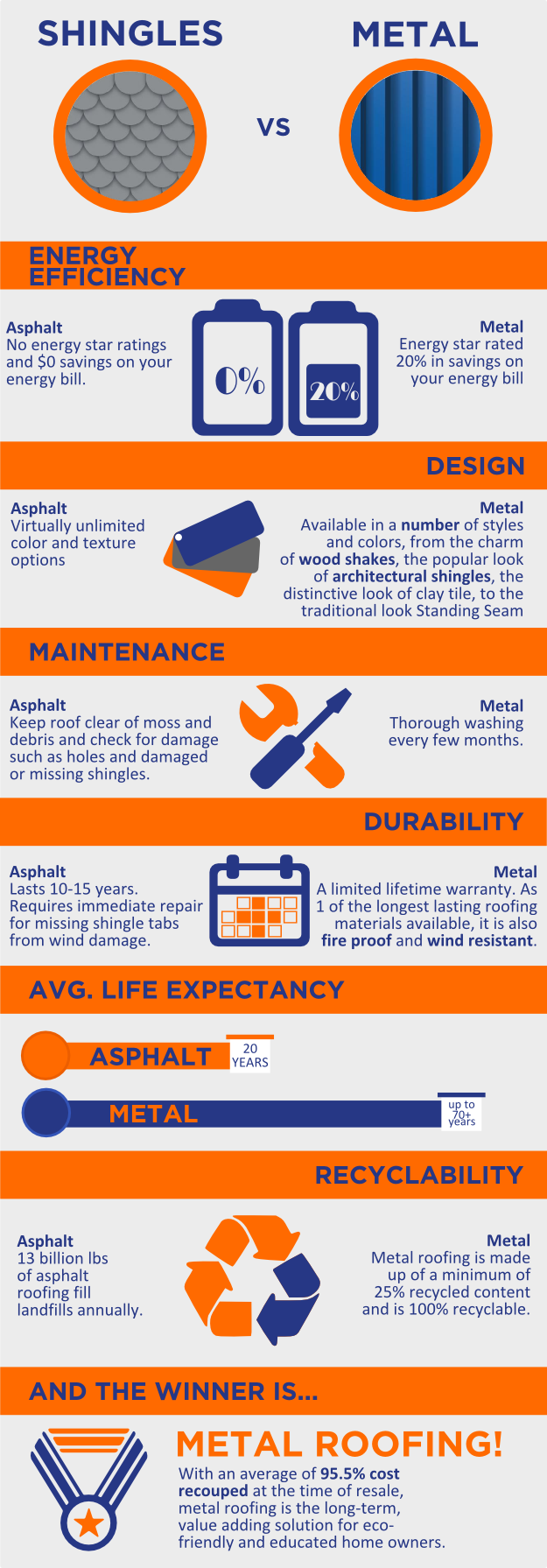Discover The Fragile Stability In Between Costs And Eco-Friendly Consequences To Disclose The Real Capabilities Of Solar Energy Contrasted To Conventional Energy Sources
Discover The Fragile Stability In Between Costs And Eco-Friendly Consequences To Disclose The Real Capabilities Of Solar Energy Contrasted To Conventional Energy Sources
Blog Article
Developed By-Price Dodson
When examining the viability of solar power versus typical energy resources, you may find yourself contemplating the long-lasting sustainability and influence on your finances. The detailed balance between initial costs, continuous expenditures, and environmental implications increases sixty-four-thousand-dollar questions regarding the future of power generation. As solar farm companies browse through the intricacies of this comparison, a deeper understanding of the subtleties in cost-effectiveness, environmental stewardship, and energy protection awaits expedition.
Cost-Effectiveness Contrast
When contrasting the cost-effectiveness of solar energy with conventional energy sources, it comes to be apparent that initial investment differences play a critical role in identifying long-lasting cost savings.
While solar power systems call for a greater in advance financial investment for installation and devices, they supply substantial long-term advantages that can exceed the initial prices. The essential lies in recognizing that solar energy systems have very little continuous functional and maintenance expenditures compared to standard power resources like nonrenewable fuel sources.
By buying solar energy, you can potentially minimize utility bills over the system's life expectancy. Additionally, with advancements in innovation and decreasing installation prices, solar power has ended up being a lot more accessible and affordable for property owners and services alike. solar panel cleaning services can gather with time, supplying a return on investment that surpasses conventional energy resources.
Additionally, solar power systems offer the benefit of energy freedom and stability against rising and fall energy rates. By harnessing the power of the sunlight, you add to a cleaner environment and reduce your carbon footprint. Welcoming solar energy not just advantages your wallet yet also the world over time.
Environmental Impact Analysis
Solar energy presents a promising choice to typical power sources due to its significantly lower environmental influence. Unlike great site fuels that discharge hazardous greenhouse gases and add to air contamination, solar power generates electricity without creating any discharges.
The process of harnessing solar energy includes recording sunshine through photovoltaic panels, which does not release any type of toxins right into the environment. first solar residential panels of discharges helps reduce the carbon footprint connected with power manufacturing, making solar energy a cleaner and much more lasting choice.
Furthermore, making use of solar power contributes to preservation initiatives by reducing the demand for finite sources like coal, oil, and natural gas. By depending on the sun's bountiful and renewable energy source, we can assist protect all-natural environments, shield environments, and alleviate the unfavorable effects of resource removal.
Reliability and Energy Landscape Analysis
For a comprehensive evaluation of reliability and the energy landscape, it's important to examine exactly how solar energy contrasts to conventional resources. Solar energy is making headway as a dependable and sustainable power source. While typical sources like coal, oil, and natural gas have been traditionally leading, they're limited and add to environmental destruction.
Solar power, on the other hand, is abundant and sustainable, making it an extra lasting choice in the long run.
In regards to reliability, solar energy can be dependent on weather conditions and sunlight availability. Nevertheless, innovations in innovation have led to the growth of energy storage options like batteries, improving the reliability of solar energy systems. Traditional sources, as a matter of fact, are susceptible to rate fluctuations, geopolitical stress, and supply chain disruptions, making them less trustworthy in the long-term.
When assessing the power landscape, solar energy offers decentralized energy manufacturing, decreasing transmission losses and boosting energy safety. Traditional resources, with their central nuclear power plant, are more at risk to interruptions and require extensive infrastructure for distribution.
Conclusion
Finally, when comparing solar power to traditional power sources, it is clear that solar energy uses a cost-effective, eco-friendly, and dependable option. With very little functional expenses, potential financial savings on energy costs, and a dramatically reduced ecological impact, solar power is ending up being a much more sustainable and safe choice. Accepting solar power can help in reducing greenhouse gas discharges and contribute to conservation efforts, making it an engaging selection for the future.
